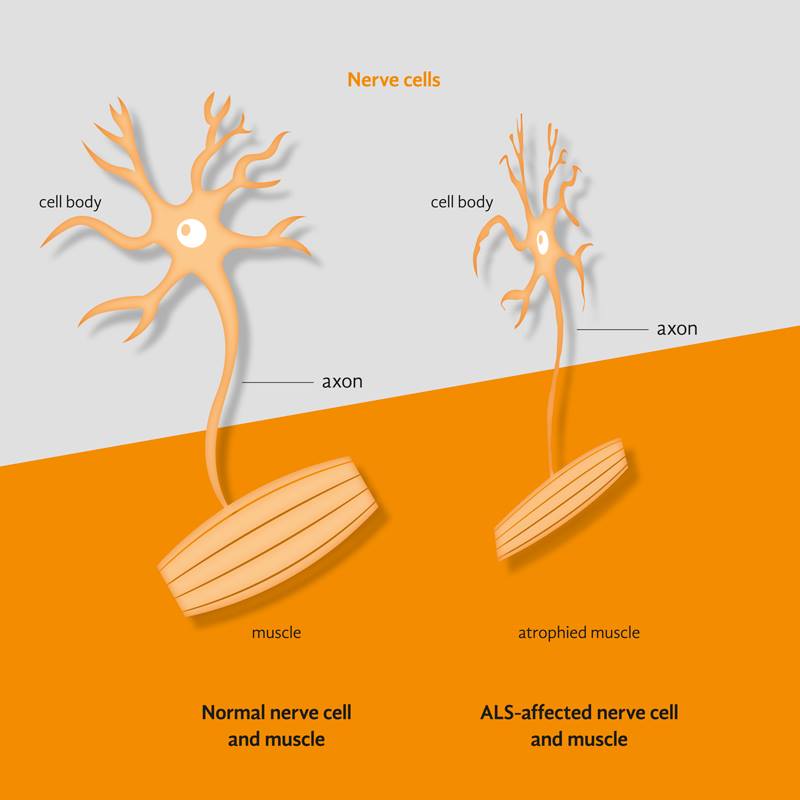
מחקר פורץ דרך
עקב כך, אנחנו מחויבים להוביל לפריצת דרך !ALS זהו מחקר בהקף חסר תקדים בתחום ה
.אבל בשביל זה אנחנו זקוקים לך .ALS מהפכנית בחיפוש הסיבה ל
.ALS למעלה מ200,000 אנשים ברחבי העולם חיים עם
.יחסית מעט ידוע על הסיבה למחלה ניוונית זו
.אין למחלה כל טיפול
.ימותו מהמחלה תוך 3 עד 5 שנים ALS בממוצע חולי
.בסיס גנטי ALS זה כמעט ודאי של
הוא פרוייקט מחקרי רחב היקף למציאת הבסיס Project MinE
הבנת הגנים האלה תוכל להוביל .ALS הגנטי הזה. המטרה הסופית היא זיהוי גנים שקשורים למחלת ה
.לפיתוח תרופות
ALS כדי להגיע ליעד הנכסף הזה, אנחנו מתכננים למפות מיפוי גנטי מלא של לפחות 15,000 חולי
ולהשוות אותם למיפוי גנטי של 7,500 נבדקים בריאים, על מנת לגלות את הקשר בין שינויים גנטיים ו
מחקר מעין זה דורש כמות מידע אדירה, והוא יקר מאד. לכן אנחנו זקיקים לעזרתך. תרום או .ALS
!מעכשיו גם שלך – Project MinE !התחל קמפיין היום




